Following the years after World War I, Germany, Italy, and the Soviet Union (formerly Russia) faced economic and political turmoil. As a result, they witnessed the rise of totalitarian regimes, a type of government where a single ruler or a small group has complete control over all aspects of people’s lives. They all turned to authoritarian leaders who rose to power amidst the chaos and promised to bring stability to these war-torn nations.
The leaders were Adolf Hitler, Benito Mussolini, and Joseph Stalin of Germany, Italy, and the Soviet Union, respectively. All three were ferocious leaders and shared a number of similarities. In this article, we’ll share some commonalities between the three nations – Germany, Italy, and the Soviet Union.
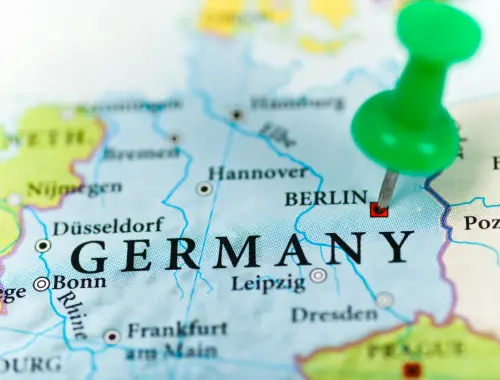
Germany
Germany faced economic and political turmoil after World War I due to the harsh conditions imposed by the Treaty of Versailles. In this context, Adolf Hitler and the Nazi Party rose to power in the early 1930s. Hitler became Chancellor of Germany in January 1933 and consolidated power, transforming Germany into a totalitarian state.
The Nazi regime was characterized by extreme nationalism, racism, censorship, and the suppression of political opposition.
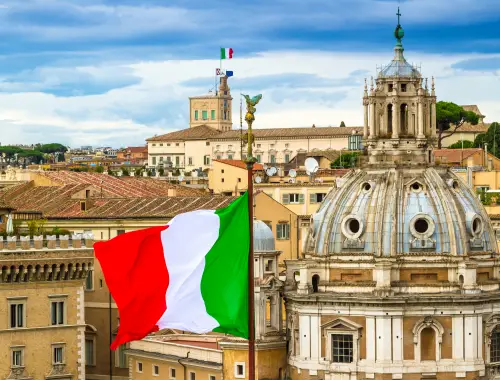
Italy
Italy faced similar post-World War I challenges, including economic hardship and a perceived lack of rewards for their war efforts. When people yearned for strong leadership, Benito Mussolini and the National Fascist Party grabbed this opportunity. Mussolini seized power in Italy in 1922, marking the establishment of a fascist regime. He was appointed prime minister.
In 1925, Mussolini effectively dismantled Italy’s democratic government and established himself as a dictator. He adopted the title “Il Duce,” which means “The Leader” in Italian.
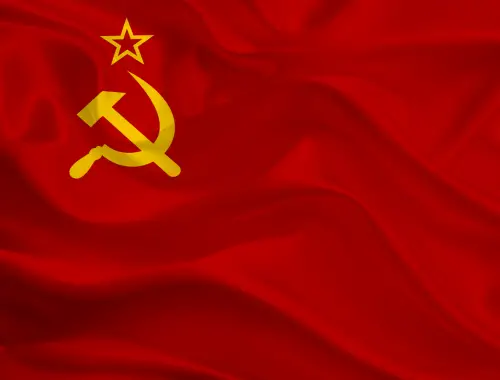
Soviet Union
The Soviet Union, formerly Russia, went through its own revolution during World War I. The Russian Revolution of 1917 led to the overthrow of the Russian Provisional Government and the rise of the Bolsheviks under the leadership of Vladimir Lenin. The Bolsheviks established a communist regime, which later evolved into the Soviet Union under Joseph Stalin’s leadership.
The Soviet regime aimed to create a classless, socialist society but ultimately became a totalitarian state marked by censorship, repression, and centralized control.
Similarities between Germany, Italy, and the Soviet Union
1. Dominant Political Party
Germany, Italy, and the Soviet Union each had a dominant political party that played a central role in their respective regimes. In Germany, the National Socialist German Workers’ Party, commonly known as the Nazi Party, was led by Adolf Hitler. Italy was ruled by the National Fascist Party, led by Benito Mussolini, who established the ideology of fascism. The Soviet Union was governed by the Communist Party of the Soviet Union (CPSU), with leaders like Vladimir Lenin and later Joseph Stalin, who was a Communist.
2. Similar Economic Policy
All three nations adopted interventionist economic policies. Germany and Italy implemented state-controlled economies, emphasizing production for military purposes. The Soviet Union pursued a centrally planned economy, with the state owning and controlling all industry and agriculture. These policies aimed to strengthen nations economically, albeit often at the expense of individual freedoms and market competition.
3. Similar Totalitarian Regime
In each country, a single charismatic leader or a small elite group took charge and held absolute power. All these leaders promoted ideologies that justified their rule: Nazism in Germany, Fascism in Italy, and Communism in the Soviet Union. They used secret police and propaganda to suppress opposition and maintain control. Dissent was met with harsh punishment, including imprisonment, execution, or forced labor.
4. Total Control of Media
Propaganda played a pivotal role in shaping public opinion. Governments tightly controlled media outlets, ensuring they conveyed the official narrative. Censorship was rampant, limiting access to alternative viewpoints. State-controlled media were used to glorify the regime, demonize enemies, and manipulate public perception. Germany and the Soviet Union had total control over their media outlets; the mass media was state-controlled.
5. Use of Power
All three regimes pursued expansionist foreign policies. Germany and Italy sought territorial expansion through military conquest (e.g., Nazi Germany’s annexation of Austria, Italy’s invasion of Ethiopia). The Soviet Union aimed to spread communism globally, leading to the Cold War with the United States. All these nations shared a common feature: aggressive militarization, which contributed to regional and global conflicts.
Summary
In a nutshell, all these nations, led by their respective leaders, emphasized a strong centralized state, authoritarian rule, and the suppression of political opposition. They believed in the superiority of their respective ideologies and sought to impose them on their nations and, in some cases, beyond their borders. Germany, Italy, and the Soviet Union saw the rise of totalitarian regimes under the leadership of Adolf Hitler, Benito Mussolini, and Joseph Stalin, respectively.
FAQs
What did Germany, Italy, and the Soviet Union have in common?
After World War I, all these nations saw the rise of totalitarian regimes under the leadership of Adolf Hitler, Benito Mussolini, and Joseph Stalin, respectively.
What are some similarities between Russia and Germany?
They both transitioned to totalitarian regimes (Communism in Russia and Nazism in Germany) and engaged in expansionist policies in the 1930s.
What did Germany, Italy, Japan, and the Soviet Union have in common in World War II?
Germany, Italy, Japan, and the Soviet Union were all major participants in World War II, with varying alliances and conflicts. Notably, Germany and Italy formed the Axis Powers, while Japan joined them later.
What form of government was common to Germany, Italy, and the Soviet Union in the 1930s?
The common form of government in Germany, Italy, and the Soviet Union in the 1930s was totalitarianism, characterized by centralized control and suppression of dissent.
What did Germany and the Soviet Union agree on?
Germany and the Soviet Union signed the Molotov-Ribbentrop Pact in 1939, a non-aggression treaty that included a secret protocol dividing Eastern Europe into spheres of influence.
What was the relationship between Germany and the Soviet Union?
The relationship between Germany and the Soviet Union shifted from cooperation (Molotov-Ribbentrop Pact) to conflict when Germany invaded the Soviet Union in June 1941, starting the Eastern Front of World War II.


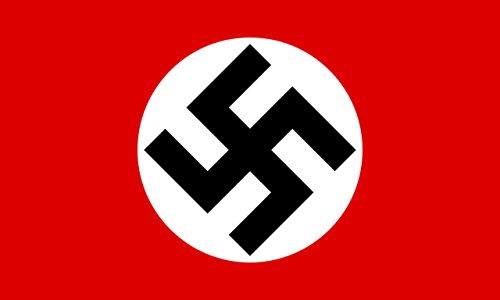

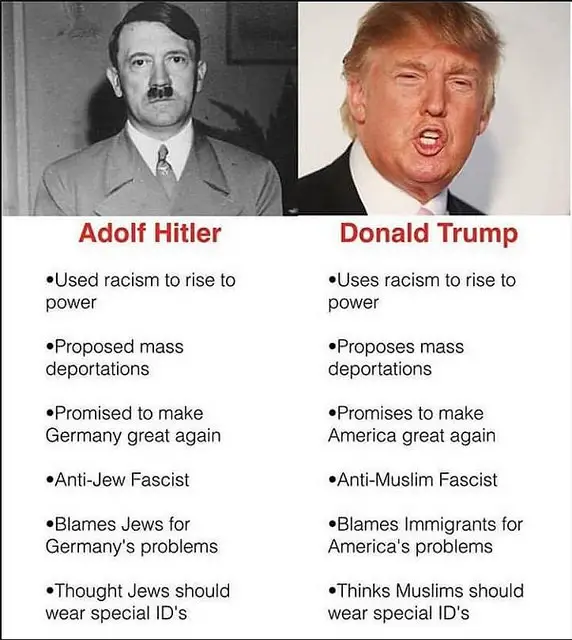
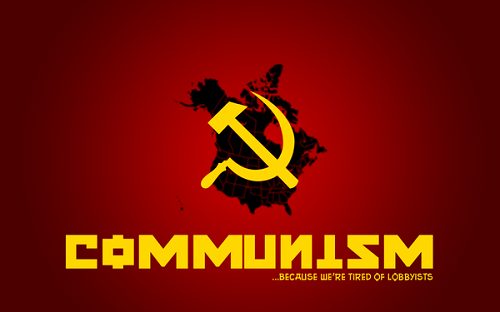
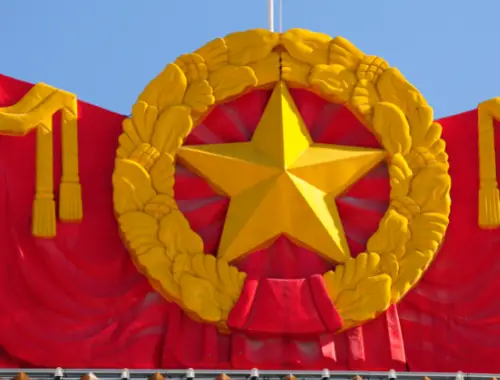





Leave a Reply